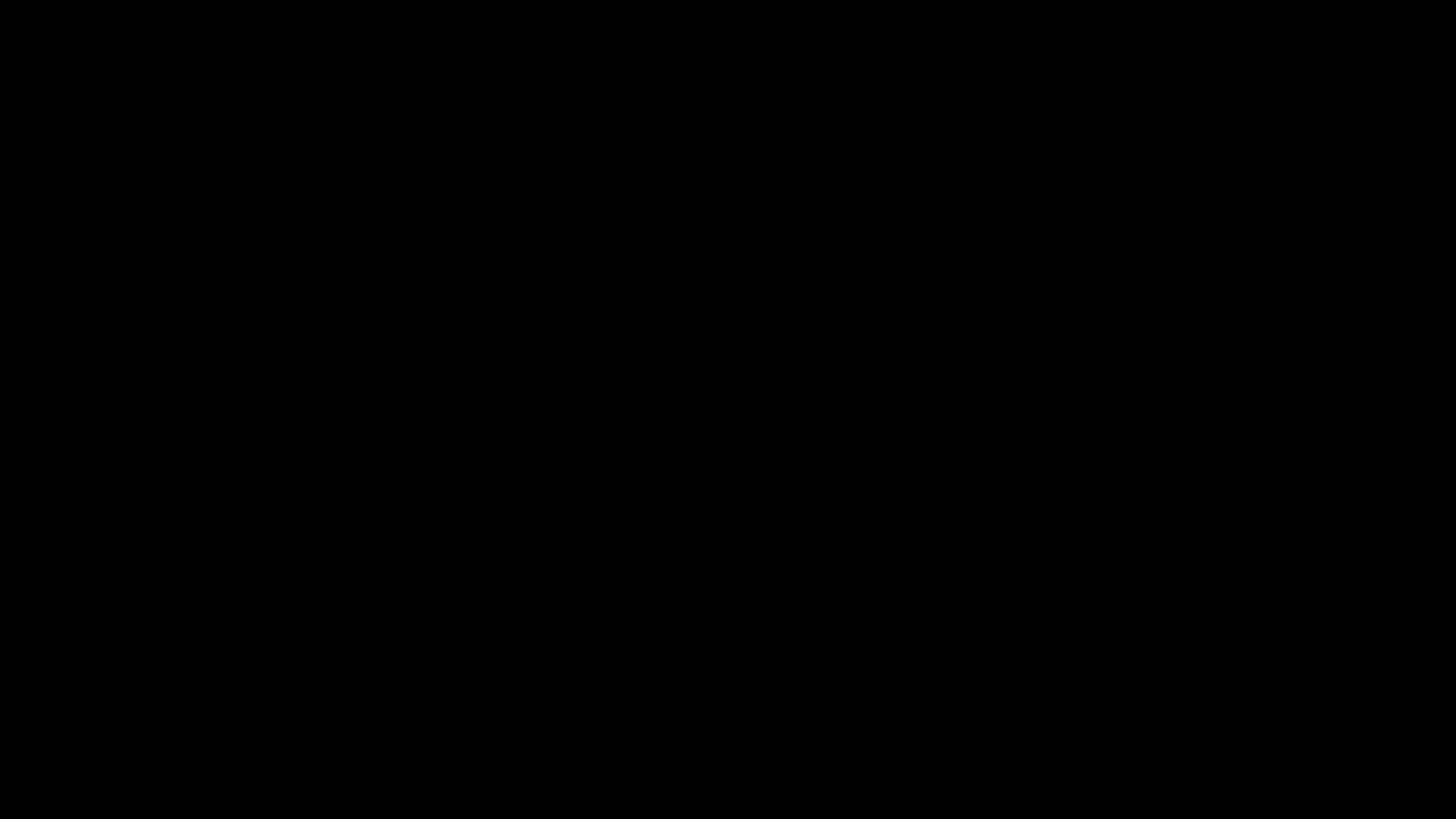A. Net metering refers to a mechanism whereby solar energy exported to the grid from grid-tied rooftop solar PV system of a prosumer is deducted from the energy imported from the grid in units (kilowatt-hours) to arrive at the net imported / exported energy.
A. The main difference between a single-phase or a three-phase inverter is that a single phase can produce single-phase power from PV modules. It can also connect that to single-phase equipment or a grid itself. A three-phase, however, converts the DC input that solar panels have into a three-phase AC output.
Here’s another way to look at it: for a single-phase power supply, you only need two wires which would normally be called phase and another called neutral. A three-phase power supply will only work when there are at least three wires and that will have to consist of three-conductor wires and a wire that is neutral.
Single and three-phase inverters are essentially units. They are units that electric load distributions will correspond with, and this is a type of phase. A phase is a voltage or current that will exist among a currently used wire as well as a neutral cable as mentioned earlier. A single-phase requires two wires and will essentially have less power.
A three-phase, however, will include three or even four wires. A single-phase will also come within a capacity of less than 5kW.
A. A Hybrid inverter is an intelligent inverter that enables the storage of excess solar energy in a battery system for self-use. Hybrid inverters function like a common grid-tie solar inverter but can generally operate in one of several different modes depending on the application, this includes battery backup mode which provides a limited level of backup power in the event of a blackout. Most hybrid inverters can also operate without a battery and function just like a grid-tie solar inverter by exporting excess solar energy to the utility grid.
A. Battery is the backbone of an inverter system. The performance and life of an inverter largely depend upon the battery quality. The next big question is “how much back up will an inverter provide?” or for “how many hours it can run all of your equipments?”. This is what is called the battery capacity. It is the battery capacity that decides the back up hours. It is expressed in Ah (Ampere Hours). In the market batteries with capacity of 100 Ah,150 Ah, 180 Ah etc. are readily available. So how to decide which one do you need? To find this out lets do a reverse calculation. Consider that you need a battery that provides back up for 3 hours.
Battery capacity = Power requirement (in watts) * Back up hours ( in hrs) / Battery Voltage (in volts)
Battery Capacity = (535 * 3) / 12 = 133 Ah
** Value of Battery voltage is taken 12V
Therefore a battery with a capacity of 130 Ah will work for you.
So if you want to run 3 fans, 3 tube lights , 1 CFL and 1 TV for 3 hours during power failure you would need 800VA inverter and 130 Ah battery.
A. Low voltage battery banks typically are keeping their voltage below 100V. Multiple battery modules are linked together in parallel (if the rated voltage is compatible with the inverter) or series (to increase the voltage).
High voltage battery systems are usually rated around 400V. These systems are able to charge and discharge faster than the low voltage batteries and can cover those quick demand surges from starting equipment. These batteries do not need large conductors because their voltage is so high.
A solar monitoring system works through the solar system’s inverter In most cases, companies sell their inverters with a patented, built-in monitoring software setup. You can, however, invest in third-party solar monitoring systems that provide a more in-depth analysis of your system’s health and performance.
Depending on the system, solar monitoring can give you historical and real-time data on everything from how much electricity your panels are producing and how much you’re using from the grid, to the temperature of your panels, and how much impact shade has on their output. It can also alert you to problems with your system that you’d otherwise miss until you receive an unexpectedly high power bill.
We are referring to Restart or Rebooting the system. Most of the problems can be solved by simply doing the Shut down procedure. Refer to the video below to seek step by step guidance to perform this process.

The Australian population is dense with their competent workforce and humble homes with their demand for energy and Yello Energy Group provides Solar Energy Solutions that add a spark to the land of mass marvels.
© Copyrights 2023 | All Rights Reserved By Yello Energy Group